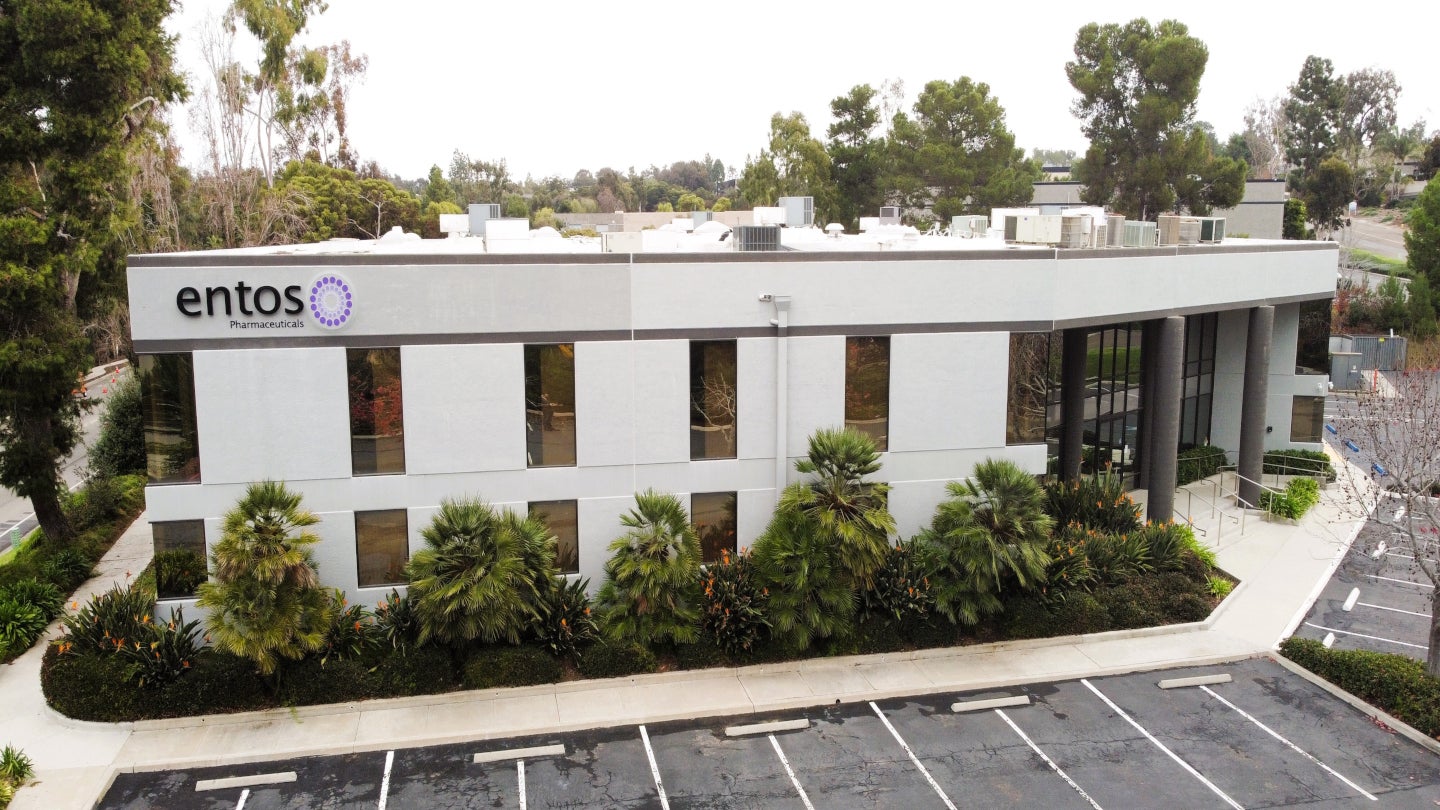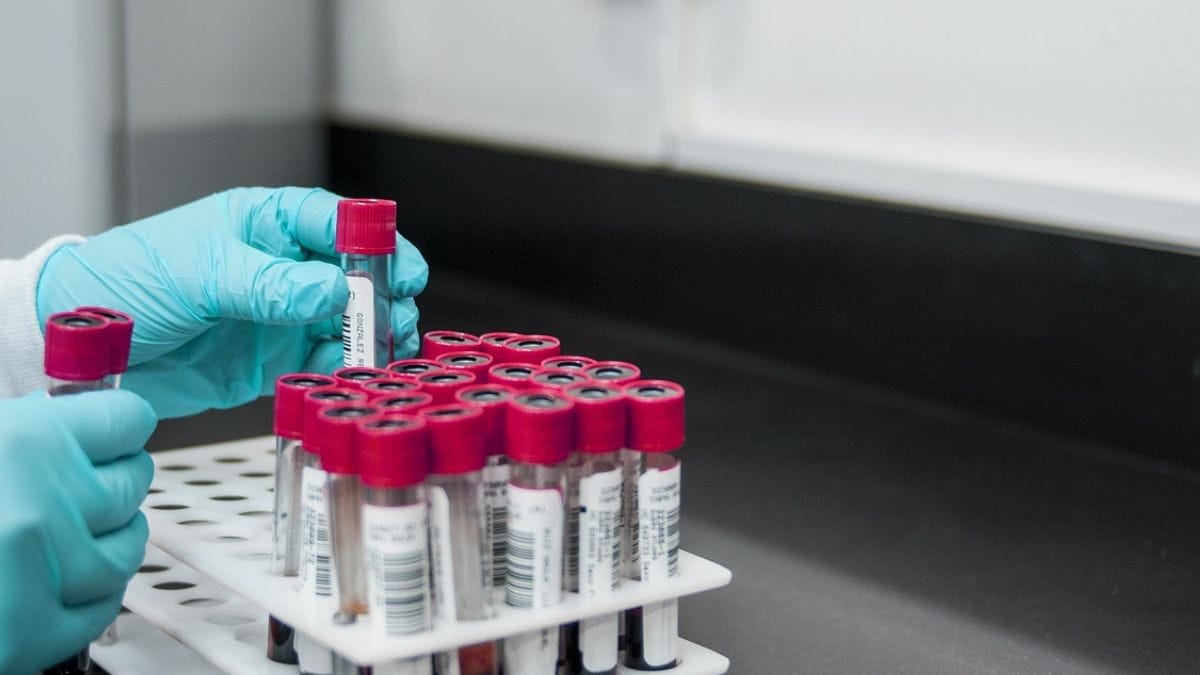
A new way to map the spread and evolution of pathogens, and their responses to vaccines and antibiotics, will provide key insights to help predict and prevent future outbreaks. The approach combines a pathogen's genomic data with human travel patterns, taken from anonymized mobile phone data. Researchers from the Wellcome Sanger Institute, University of the Witwatersrand and National Institute for Communicable Diseases in South Africa, the University of Cambridge, and partners across the Global Pneumococcal Sequencing project, integrated genomic data from nearly 7,000 Streptococcus pneumoniae (pneumococcus) samples collected in South Africa with detailed human mobility data.
This enabled them to see how these bacteria, which cause pneumonia and meningitis, move between regions and evolve over time. The findings, published today (3 July) in Nature , suggest initial reductions in antibiotic resistance linked to the 2009 pneumococcal vaccine may be only temporary, as non-targeted strains resistant to antibiotics such as penicillin gained a 68 per cent competitive advantage. This is the first time researchers have been able to precisely quantify the fitness – their ability to survive and reproduce – of different pneumococcal strains.

The insight could inform vaccine development to target the most harmful strains, and may be applicable to other pathogens. Many infectious diseases such as tuberculosis, HIV, and COVID-19 exist in multiple strains or variants circulating simultan.















